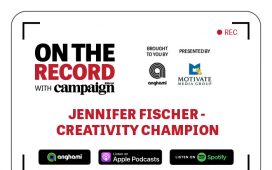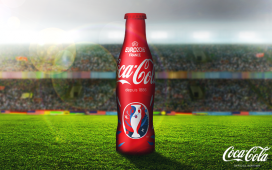 Social media is now the leading media channel worldwide, and is forecast to total $247.3bn in 2024, up 14 per cent year-on-year. This is according to WARC Media’s latest Global Advertising Trends report.
Social media is now the leading media channel worldwide, and is forecast to total $247.3bn in 2024, up 14 per cent year-on-year. This is according to WARC Media’s latest Global Advertising Trends report.
Meta alone is on track to surpass all global linear TV in advertising revenue by 2025.
Alex Brownsell, Head of Content at WARC Media, talked to Campaign Middle East about the implications of social media becoming the largest channel worldwide by advertising investment.
“It further highlights that advertising spend is being concentrated with a small number of digital platforms, especially those that are perceived to assist at all stages of the purchase funnel, with both brand-building and performance.
“However, this rapid increase in investment may have consequences for both campaign efficiencies if CPMs continue to rise – as well as broader effectiveness, if social platforms become overly cluttered with ads.”
CPM is a metric used to help companies measure how efficient their advertising is by telling them how much money is paid for every 1,000 views of their website ad.
Ad load on the rise
WARC Media’s Global Advertising Trends report highlighted that ad loads are increasing.

“Our conversations with industry experts suggest that ad loads are rising across the social ecosystem, as platforms look to improve ‘monetisation efficiencies’.
“In part this may come down to additional ad formats in areas such search and shopping, which have not previously been monetised, but there are also signs that the total number of ads shown to users is also rising on Meta platforms and beyond,” added Brownsell.
At the same time, social media platforms are becoming increasingly homogeneous, as the original features that once distinguished them are steadily being copied by rivals.
What does this mean for advertisers and creators?
“From a user standpoint, it means a blander, less distinctive experience as they move between platforms. However, for brands and creators this is probably good news.
“At one stage each platform demanded a bespoke approach to advertising and content creation – what worked on YouTube wouldn’t suit TikTok, for instance. But the growing interchangeability of formats means that assets can be shared more widely with minimal adaptation.”

Often overlooked, Snapchat and Pinterest have returned to double digit ad growth. Pinterest is set to enjoy a 17 per cent year-on-year increase in ad revenue in 2024, while Snapchat is forecast to grow 14 per cent.
This strong growth of both platforms is attributed to a refocus and leaning into their respective strengths.
Investment in AI has helped to drive incremental social spend. Tools like Meta’s Advantage+, which automate aspects of creative and media planning, are becoming increasingly popular with advertisers.
However, some brands have complained of erosion to campaign efficiencies, said WARC.








